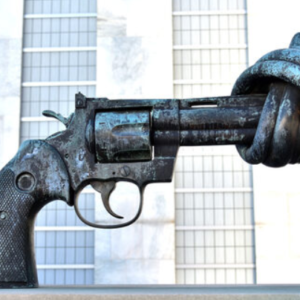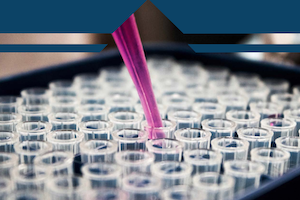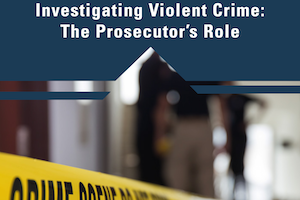Gunshot Detection Systems: Considerations for Prosecutors

Authors: PCE, National Policing Institute
This article provides a basic understanding of gunshot detection system technology, its investigative and evidentiary value, and issues prosecutors may encounter when trying to admit gunshot detection system evidence at trial.



